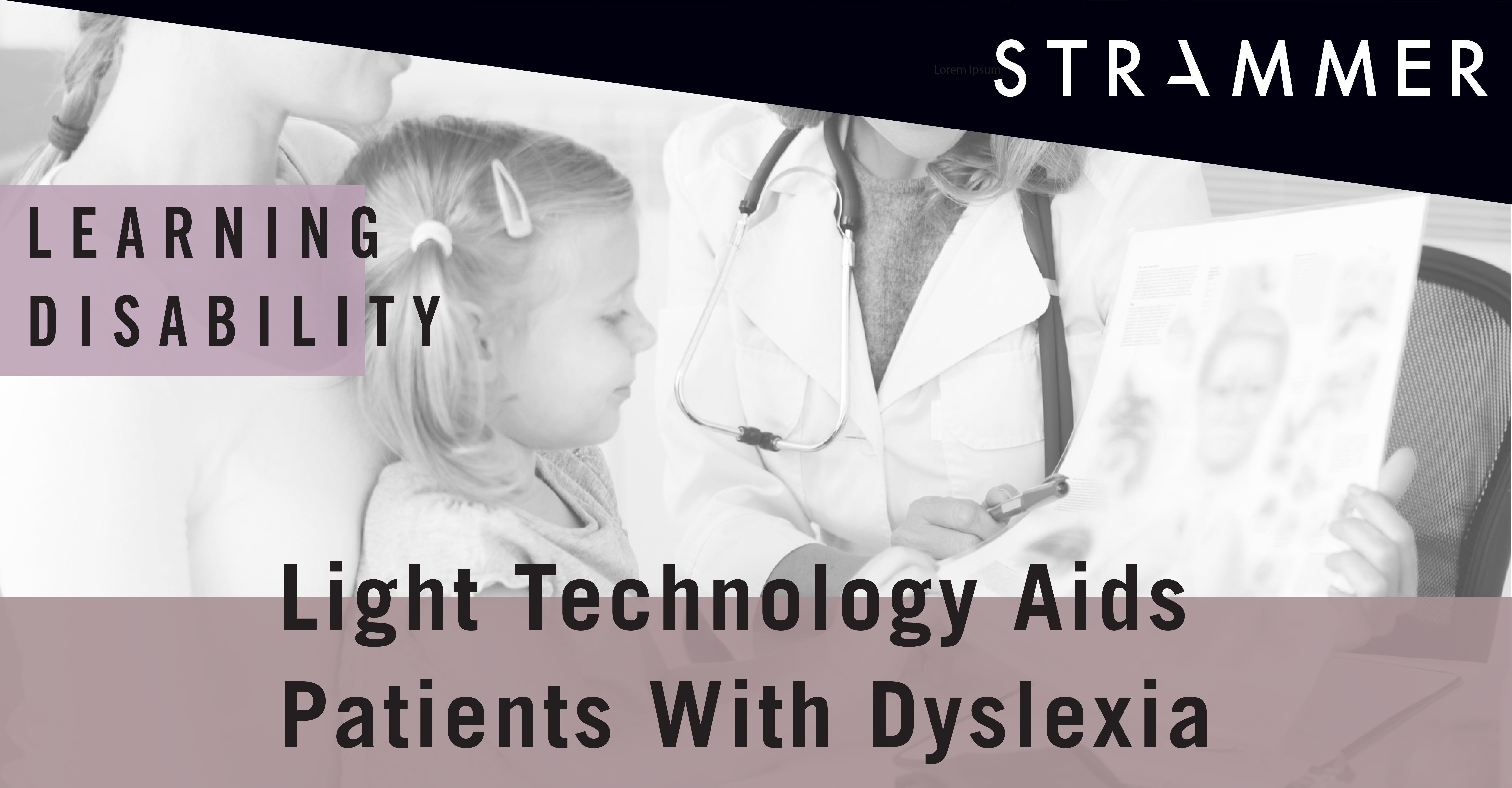Light Technology Assists Dyslexic Patients
Dyslexia is one of the most well-known learning disabilities that presents difficulty in reading and writing due to problems in detecting speech sounds and decoding letters and words. This form of impaired learning can affect children and adults alike ranging between 10% and 20% globally. However, with the help of simple light technology, patients are now able to regain their confidence.
It is estimated that Europe only has about 50 to 100 million people struggling with the condition where causes vary from possible family inheritance to complications at birth.
Although people suffering from dyslexia do not face issues with normal vision or their IQ, they immediately battle with complications of weak short-term memory; poor organisation, trouble learning, social problems and weak concentration.
With that said, Lexilight, a small French company that has dedicated 20 years of research in dyslexia disorders, has designed a reading and writing aid LED lamp that was created to help patients with the illness. This is done through a combination of pulsated and modulated light which conceals the mirrored image that dyslexic patients often see. Currently, 87% of users have seen the benefits of using the product, that is, they no longer fear reading but quite enjoy it. Their confidence and morale have increased and as a result, users have seen an improvement in their reading abilities.
As there is no known cure for dyslexia, usually early detection is often ideal to give patients much needed support. Thankfully, with the progression of advanced technologies, coping with the disorder would made matters easier. In fact, Lexilight is not the only company or person who has applied technology as an effective form of treatment for the condition. Graphic artist Christian Boer created digital typography for dyslexic patients to read comfortably.
Ultimately, Lexilight plans to continue further research on their LED lamps to develop more efficient solutions. Thus far, they have already set some achievement goals, for example, creating support groups and an online community platform that is open to speech therapists, medical professionals, dyslexic patients and other members of society.
Although understanding the neural mechanisms that causes dyslexia can still be quite complex, technology has now allowed measures to grant patients a more efficient way to confront the disorder in full confidence and ease.
References:
- Lexilight
- Dyslexia, Mayo Clinic
- Neuroscientists discover neural mechanisms of developmental dyslexia, February 2019, ScienceDaily
- Lexilight: the lamp that helps dyslexic children, July 2019, SiecleDigital
- European Dyslexia Charter 2018, Epp Group





